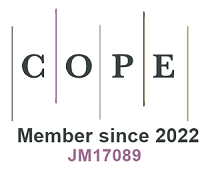fig3

Figure 3. In vivo contractile responses of mouse plantar flexors. (A) Torque contractile profiles at individual electrical stimulation frequencies. Note that the response to a single stimulation (the twitch) is presented separately; (B) Torque-Frequency relationship, showing the maximum torque at each electrical stimulation frequency; (C) Torque-Velocity relationship, depicting normalized torque (each torque value divided by the mouse’s body mass) at specific shortening velocities (in degrees per second); (D) Normalized Power derived from the torque-velocity relationship. Power is calculated as the product of force and the velocity, expressed in milliwatts/gram body mass. Data from wild-type (WT) and mdx mice aged 33 weeks (for in vivo methods, see Hamm et al., 2023[43]).








